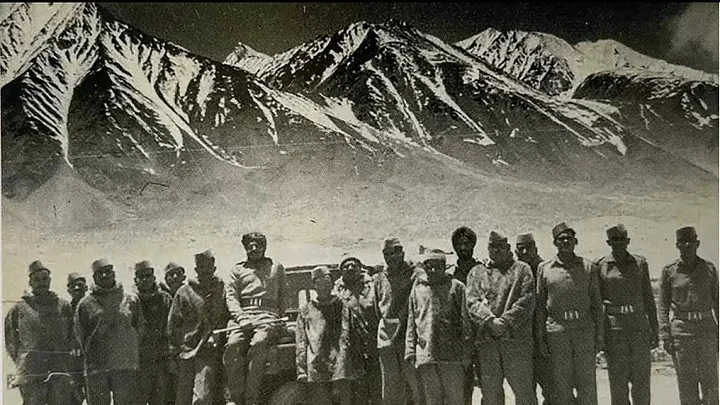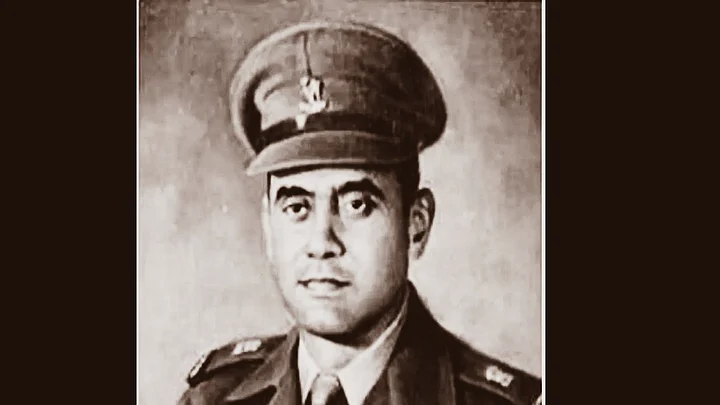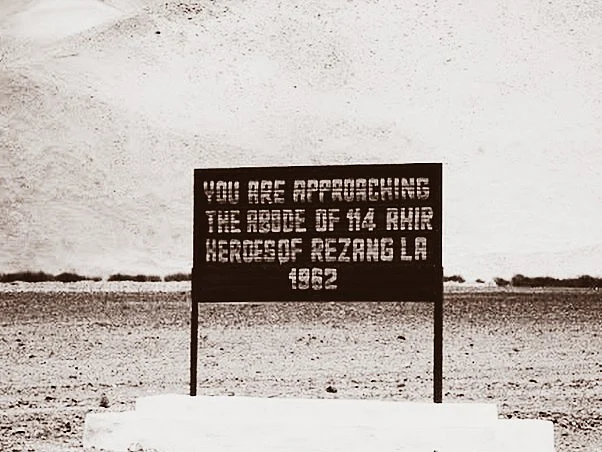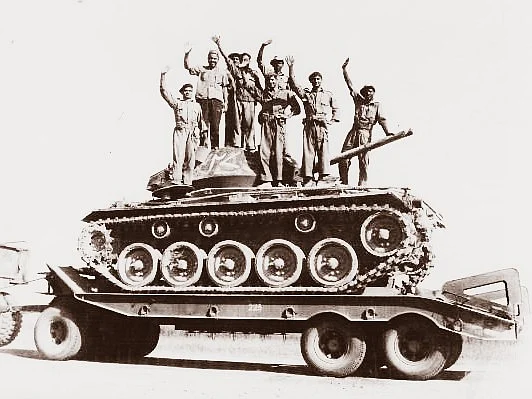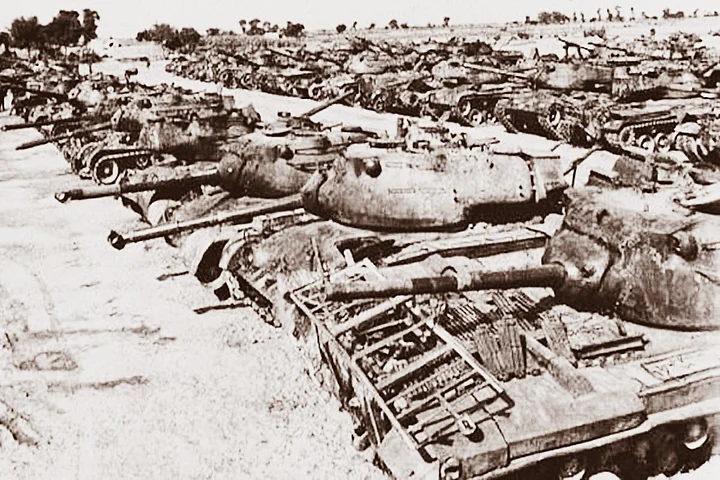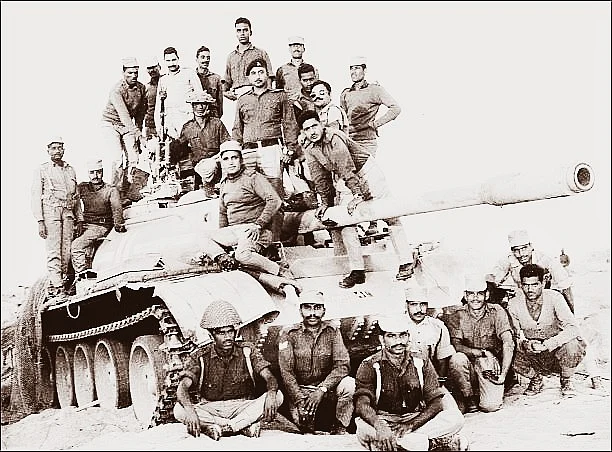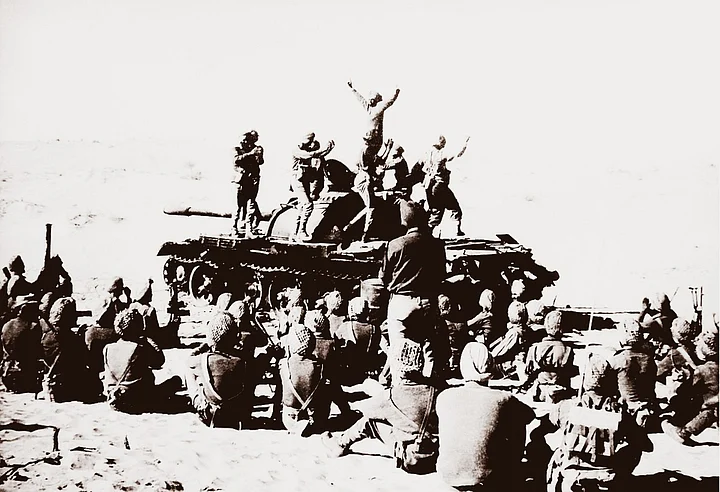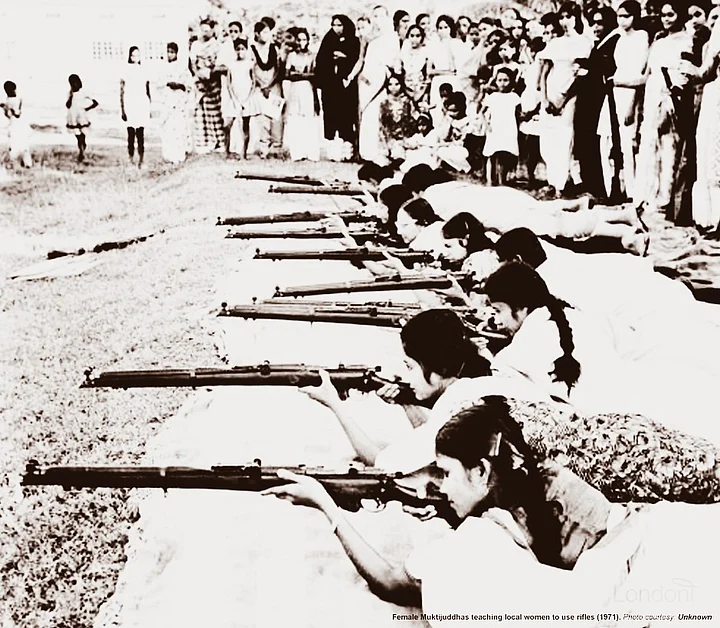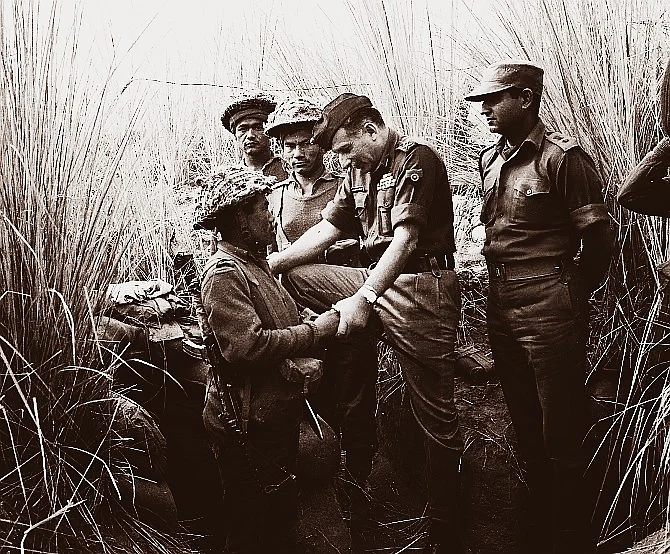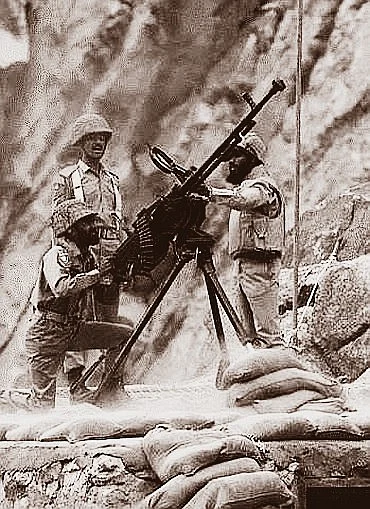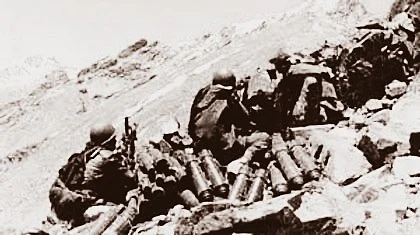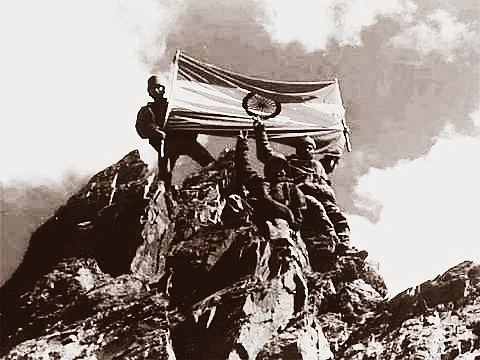The 1971 Bangladesh Liberation War that India won in just 13 days, the 1965 Battle of Asal Uttar, where outnumbered Indian troops fought one of the biggest tank battles, the 1962 Battle of Rezang la, where 120 Indian soldiers killed 1,000 Chinese soldiers to ensure Chusul doesn't fall to China – on Indian Army Day 2023, here are 5 great battles fought by the Indian Army.
1962 Battle of Rezang La
On 18 November 1962, during the 1962 Indo-China war, fighting on an icy mountain pass that led to Ladakh's Chushul valley, 120 Indian soldiers of the Kumaon Regiment – severely outnumbered, with inferior weapons compared to the enemy, not acclimatised to -30°C temperature – killed nearly 1,000 Chinese soldiers, to ensure Chusul doesn't fall to China.
Led by Major Shaitan Singh, 114 Indian soldiers were martyred at Rezang La. Major Shaitan Singh who died in the battle was posthumously awarded the Param Vir Chakra, India's highest gallantry award. On 21 November 1962, unable to capture Chushul, the Chinese declared a ceasefire.
- 01/03
The men who fought the Battle of Rezang La
(File pic)

- 02/03
Major Shaitan Singh
(File pic)

- 03/03
Site of the Battle of Rezang La
(File pic)

1965 Battle of Asal Uttar
Between 8-10 September 1965, as part of the 1965 Indo Pak war, Indian troops fought one of the biggest tank battles.
After capturing Khem Karan – a small town in Punjab – Pakistan reportedly planned an attack on Amritsar. Against the new and powerful M47 & M48 Patton tanks provided by the US to Pakistan, India fought with vintage World War II tanks, that were heavily outnumbered. Yet, India crushed the enemy!
By 7 September, GOC Indian 4th Mountain Division, Major Gurbaksh Singh had organised his troops in a horseshoe-shaped, defensive position, around Asal Uttar, a small village. The aim was to lure the Pakistani tanks into the 'horseshoe'. Overnight, Indian troops flooded all the sugarcane fields. Pakistan's tanks got stuck in the swampy fields.
Trapped in the Indian Army's 'horseshoe', over 100 Pakistani Patton tanks were destroyed. Over 40 Pak tanks were captured. The Indian Army lost just 10 tanks It truly was a 'befitting reply'… an… ASAL UTTAR
- 01/03
A captured Pakistani Patton tank
(File pic)

- 02/03
91st Medium Artillery Regiment during the Battle of Asal Uttar
(Photo: Rohit Khanna/The Quint)

- 03/03
Captured Patton tanks
(File pic)

1971 Battle of Longewala
On 4 September 1971, during the 1971 Indo Pak war, at midnight, nearly 3,000 Pakistani soldiers and 40 Pakistani tanks launched a massive surprise, at the Indian border post of Longewala, at the Thar desert in Rajasthan.
But only 120 Punjab Regiment soldiers under Major Kuldip Chandpuri chose not to retreat. Instead, they held off the Pak infantry and tanks for 6 long hours.
Barbed wires bluffed the Pakistani troops into believing that there was a minefield. They wasted crucial time, calling for Sappers to clear the mines! Further, Pakistani tanks got stuck in the Thar desert sand.
Punjab Regiment's anti-tank guns destroyed 12 Pakistani tanks.
At sunrise, 4 Hunter aircraft of the Indian Air Force – responding to Maj Chandpuri's calls – attacked the Pakistani forces, and destroyed another 22 tanks Hours later, the Pakistanis retreated. A handful of heroes had held on to Longewala!
- 01/04
Scenes from the Battle of Longewala
(File pic)

- 02/04
Scenes from the Battle of Longewala
(File pic)

- 03/04
Indian soldiers after victory in the Battle of Longewala
(File pic)

- 04/04
Major Kuldip Chandpuri
(File pic)

1971 Race to Dhaka
India under Prime Minister Indira Gandhi, initially let only economic, diplomatic and military support to the Mukti Bahini (an East Pakistan militia, comprising ex-servicemen, and civil volunteers, including women) who fought a war against West Pakistan's oppressions.
But on 3 December 1971, after Pakistan attacked 11 Indian air bases, India formally joined the Bangladesh Liberation War. The Indian Army blitzed its way to Dhaka in East Pakistan within days with all-out support from the Indian Navy and the Indian Air Force.
In just 13 days, Indian forces and the Mukti Bahini won, and Dhaka was liberated. 93,000 Pakistani soldiers surrendered to India in Dhaka on 16 December 1971.
- 01/03
Women volunteers of the Mukti Bahini
(File pic)

- 02/03
Gen Sam Bahadur Manekshaw (Army Chief during the 1971 war) - second from right
(File pic)

- 03/03
93,000 Pakistani soldiers led by Lt Gen AAK Niazi laid down arms before India’s Lt Gen JS Aurora in Dhaka – the largest surrender since World War II.
(File pic)

1999 Battle of Tololing
In the early 1999, Pakistan troops occupied several mountain ridges on India's side of the LoC, overlooking Kargil valley in Ladakh.
The Kargil war is the story of how the Indian Army painstakingly took back those heights. The Battle of Tololing was India's first big win during the Kargil war.
At 16,000 ft, the Pakistani soldiers atop Tololing peak had an advantage. Soldiers of the 2nd Rajputana Rifles led by Colonel Ravindranath, were faced with – a steep and tough climb, almost no cover, and constant enemy firing. Supported by heavy artillery fire, climbing mainly at night, Indian troops gradually surrounded Tololing!
In 6 days of fierce fighting, 23 Indian soldiers were martyred and 125 Pakistani soldiers were killed.
On 13 June 1999, Tololing was taken back, paving the way for India's victory in the Kargil war that came on 26 July 1999.
- 01/03
Pakistani troops during the Battle of Tololing
(File pic)

- 02/03
Indian troops during the Battle of Tololing
(File pic)

- 03/03
Indian soldiers after recapturing Tololing
(File pic)

(At The Quint, we question everything. Play an active role in shaping our journalism by becoming a member today.)
